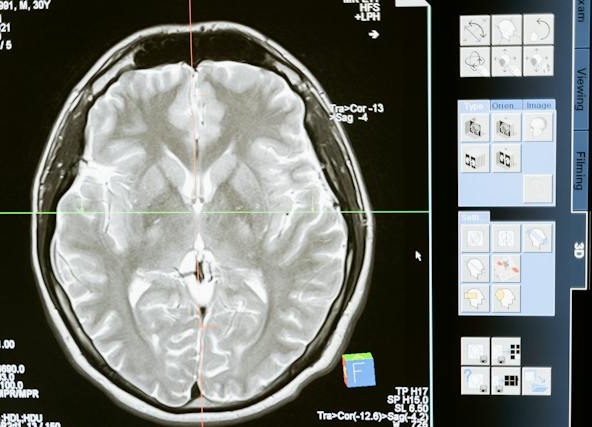There are many examples of accidents that can leave you needing a personal injury lawyer. From a slip, trip, and fall in a store to a workplace accident, car accident, or recreational mishap, the list seems to be endless. To make sure you are prepared, just if one of these unfortunate accidents happens to you, we have broken down the personal injury lawsuit into five simple steps.
- Filing a petition: The first step of the process is to meet with a personal injury attorney. They will file a petition to the court, which lays out all the claims the injured person (plaintiff) is making against the responsible party (defendant).
- Service and Answer: The injury attorney will deliver a copy of the petition to the defendants through a process called to service. The defendant will then file an “answer” with the court responding to the plaintiff’s claims.
- Trial Date Selected: The court will issue a docket control order, which means they will set a date for the trial along with various pretrial deadlines. Next, both parties will start the process of “discovery.” Discovery involves sending written letters to the opposing side of the case requesting information or copies of documentation. The opposing party is required to respond truthfully. This process also includes the interview of witnesses or “deposition.”
- Mediation: Both parties will meet and go over the case with a neutral person (not the judge). This meeting is a guided negotiation to resolve the case before the official trial. Most personal injury cases are settled during mediation. Only about 5% go to trial.
- Trial: The judge will rule on any pretrial motions (Docket call) then the jury will be selected (Voir Dire). The actual trial will follow both of the previous steps. It is also important to know that an appeal is possible after the trial, which extends the process even further.



